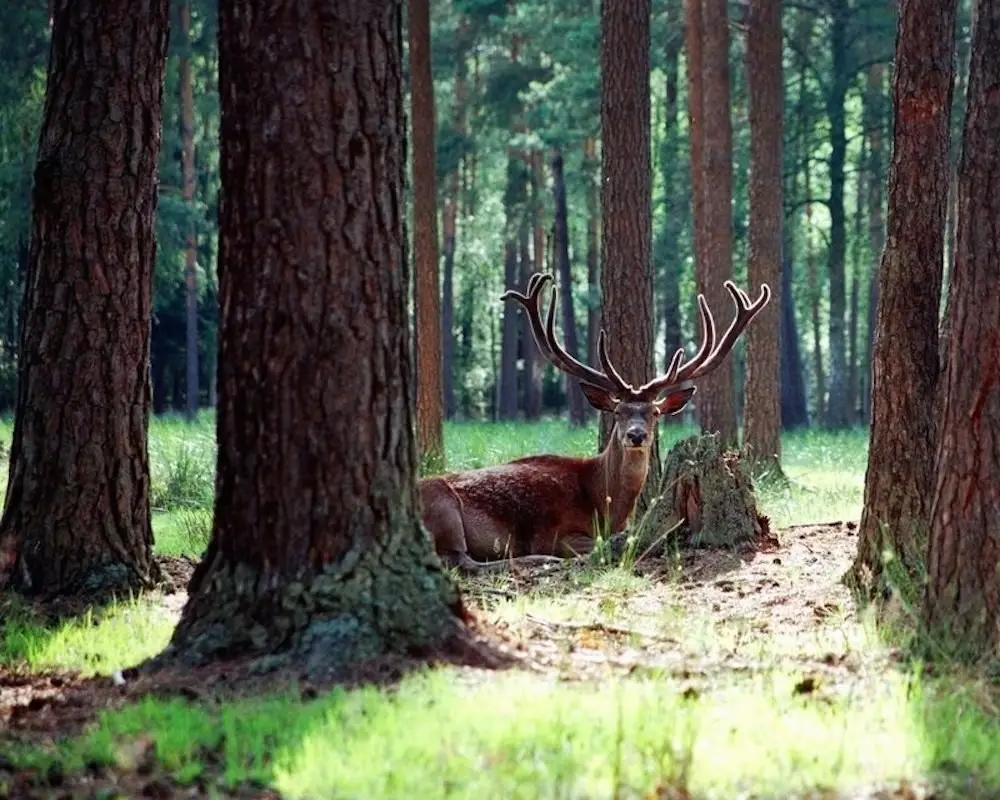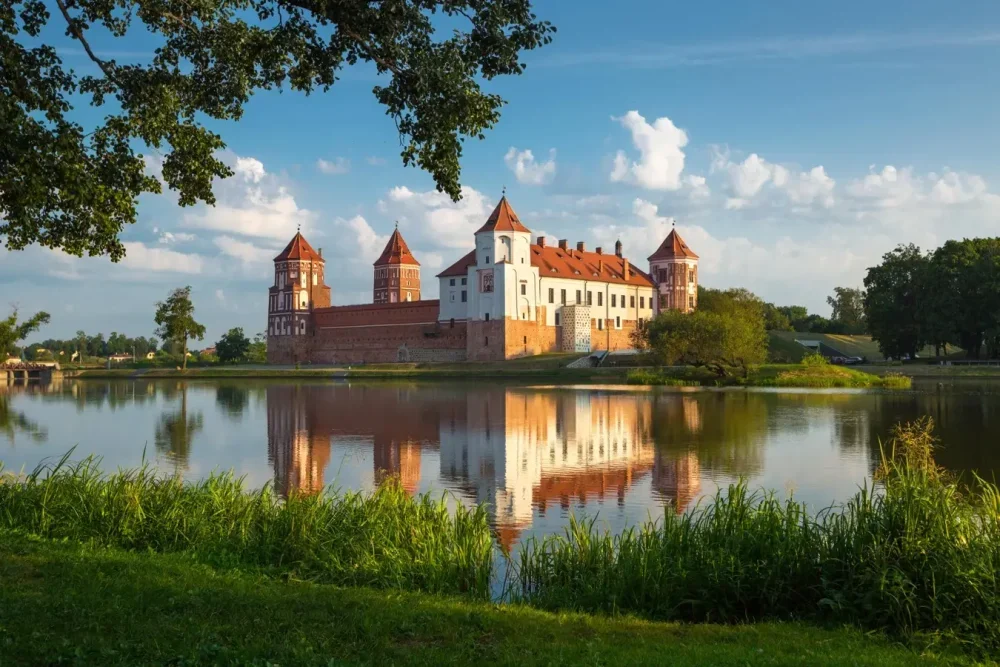The historical center on the border of Eastern and Western Europe combines architecture, memory, and an amazing atmosphere. The best sights of Brest are not only monuments and museums, but also lively streets, details, symbols. The city attracts guests with its character and rich history, which can be felt even in the smallest details.
What sets the western region apart from other cities?
Brest is one of the oldest cities in Belarus, yet it remains dynamic and modern. Contrasts are noticeable everywhere: cozy European-style streets are located next to the fortress from the Soviet era. Tourists note the unique rhythm of the city: unhurried yet rich, with many points of interest and photo opportunities.
To form a complete impression of the western part of the country, it is important not just to visit the main sites, but to feel the city.
Key aspects that travel routes are based on:
- historical value — architectural monuments related to key events;
- visual expressiveness — interesting art objects and compositions;
- convenience of access — central location or within walking distance;
- variety of themes — military history, culture, industrial heritage;
- location richness — the opportunity to combine a walk, a tour, and relaxation.
These parameters form the list of locations that are considered must-visit.
Best sights of Brest: city symbols
If you are planning a trip and don’t know where to go, it’s worth starting with the most iconic sites. The city has many attractions — from historical monuments to cultural centers. Here are some truly popular sights of Brest, including lesser-known but uniquely interesting places.
Brest Fortress
A landmark memorial complex, a symbol of courage and heroism. The place where the Second World War began for the USSR. Majestic gates, extensive territory, ruins, and monuments create an atmosphere that commands respect. The historical core of the city, the main point on the map and rightfully the best and most famous attraction of Brest.
Sovetskaya Street
A pedestrian center filled with cafes, shops, and street artists. In the evening, antique lanterns light up here manually, as they did in the past. The architecture preserves the spirit of the pre-revolutionary western outpost. One of those interesting places where the urban rhythm is felt especially vividly.
Museum of the History of Brest
An exhibition covering over a thousand years of the city’s life. From a Slavic settlement to a modern industrial metropolis. Exhibits, models, documents, and artifacts are presented in chronological order. One of the main centers of cultural attraction.
Museum of Railway Technology
A unique open-air venue with dozens of locomotives and wagons from different eras. Local residents and guests especially appreciate the opportunity to enter the vehicles and literally touch the industrial history. The space is perfect for family leisure.
Alley of Forged Lanterns
An art project on the embankment where each lantern is a work of blacksmith art. All objects are handmade and have symbolic meaning. The alley looks especially impressive in the evening when the lighting is turned on. Rightfully considered one of the best in the list of cultural attractions in Brest.
Brest Railway Station
One of the oldest and most beautiful in the country. Built in the Stalinist Empire style, it still serves as a transport hub. The interiors are decorated with stucco and stained glass. The object deserves attention not only as a transport but also as an architectural monument.
Nemtsovichi Manor Museum
The country residence of one of the first enlighteners of Belarus. Elements of the original interior have been preserved, as well as fragments of the park. The manor reflects the era of the late 18th century and allows you to glimpse into the aristocratic past of the region.
Gogol Street
An informal cultural cluster of the city. Sculptures of the writer’s characters are located along the street, which you can literally encounter around the corner. An unusual space where every turn becomes a quest. Perfect for those looking for places to go beyond the standard routes.
Fort 5 Museum
A fortification structure from the late 19th century, part of the Brest Fortress. The space has been almost completely preserved, including dungeons, moats, and casemates. The exhibition provides detailed information about the defensive system of the region and the life of soldiers at the turn of the centuries.
Happy Boot
A city art object that has become a symbol of luck. It is believed that if you touch the boot, your wish will come true. Located in the city center, it is loved by tourists for its photogenicity and positive energy.
How to plan a route to the best sights of Brest
The density of objects in the historical center allows you to visit most of the sites in 1–2 days. It is important to consider the opening hours of museums, the availability of guides, and weather conditions. The optimal format is considered to be a leisurely walk with stops at cafes to give your feet a rest and enjoy the city atmosphere.
Let’s look at the selection criteria in more detail:
- ease of movement — many locations are within walking distance;
- possibility of combination — museums, walks, gastronomic breaks;
- distribution by themes — you can plan a route based on interests: military, cultural, urban;
- time windows — it is better to plan museum visits for the first half of the day;
- evening activities — on Sovetskaya Street or by the embankment, there is active evening life.
This approach allows you not only to visit popular locations but also to feel the rhythm of Brest without haste.
Conclusion
The best sights of Brest unite the past and the present, scale and details, history and atmosphere. Here you can delve into the depths of heroic heritage and then stroll through cozy streets where wrought iron lanterns and literary characters meet.
Each location is part of a large cultural canvas. Popular sights of Brest are not limited to museums alone: here, the walk, the details, and the interaction with the city are important. This approach makes the city not just a point on the map of Belarus but a full-fledged attraction for those who appreciate living history and non-trivial leisure.
 en
en  ar
ar  de
de  es
es  fr
fr  nl
nl  hi
hi  it
it  pt
pt  el
el 









